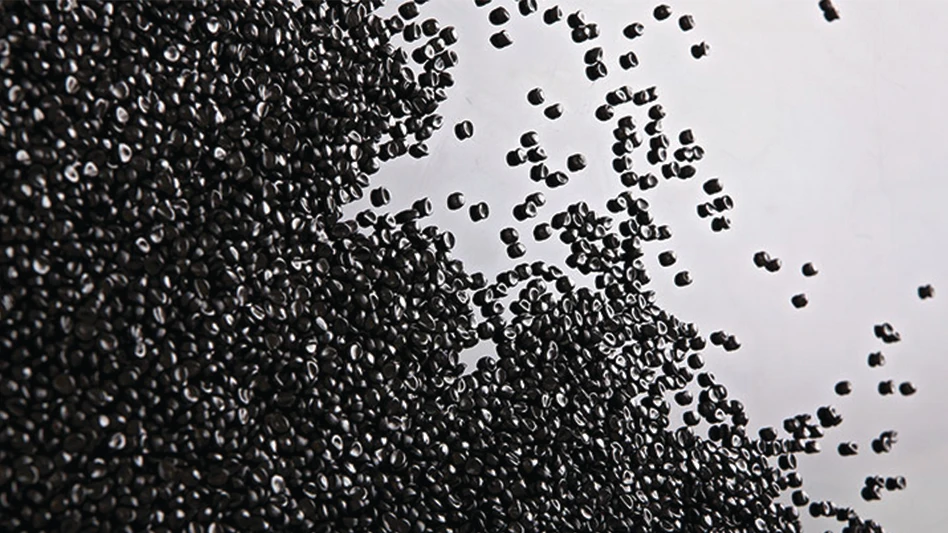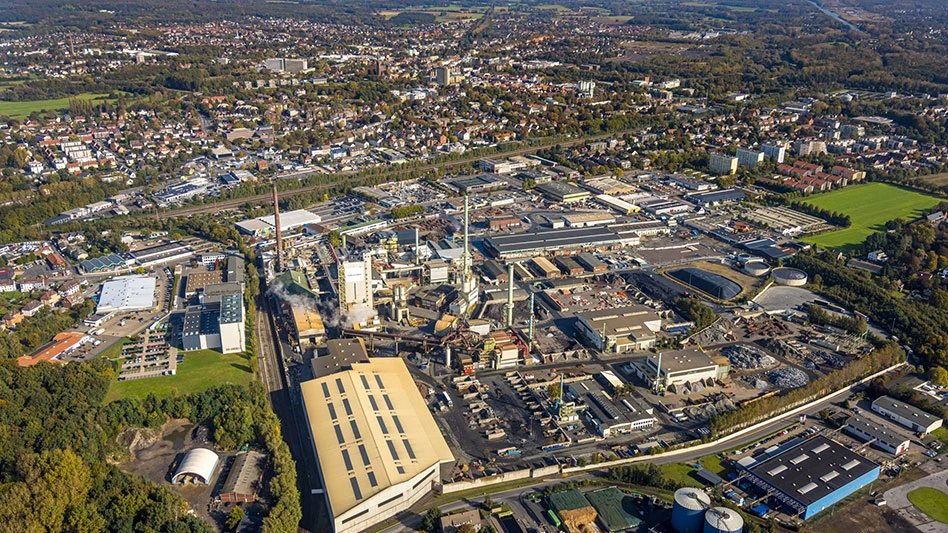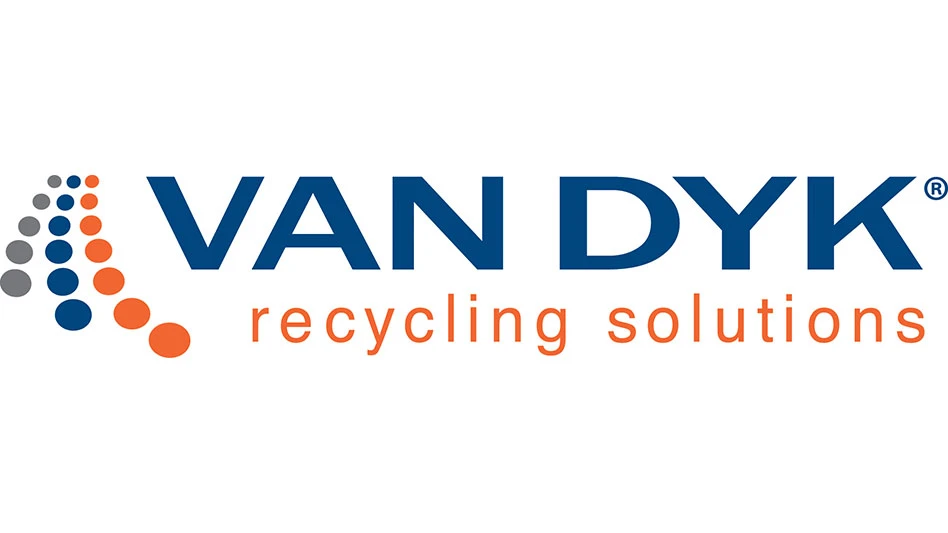
Recycling Today archives
Consistency is a valuable trait in many endeavors, but the type of consistency seen for much of the past year in the recycled plastics market has been anything but.
Prices for most grades have remained low, and demand for most recycled materials has remained flat despite occasional minor increases, while inexpensive virgin resins have saturated the market.
RELATED: Recycled-content plastics have hurdles to clear in Europe
Some recyclers believe 2024 will look similar.
“All in all, I think the demand is pretty flat and we’re not really seeing much change, which pains me to say as everyone is clamoring for more PCR [postconsumer recycled content],” an Ohio-based material recovery facility (MRF) operator says.
Though the operator notes steady demand for polyethylene terephthalate (PET) bales that increased slightly by early January, other grades have seen the opposite.
“I have absolutely seen decreased demand for HDPE [high-density polyethylene] color and natural,” he says. “Some of this is being influenced by machine downtime. I have also heard that some of the end users were taking in less in hopes of lowering the market price.”
A Missouri-based recycler who works with polyethylene (PE) and polypropylene (PP) agrees scrap is plentiful and pricing is low.
“Pricing is steady as it has been low since October 2022,” he says. “The primary factor affecting flow is a softness in demand for recycled regrind and repro. … The primary factor affecting price and movement is the abundance of virgin wide-spec [resin] that is available in the U.S.”
The recycler believes PCR demand will remain flat barring minimum-content legislation that includes noncolor, non-Food and Drug Administration applications, and points to New Jersey’s recently enacted recycled-content law as positive step.
Per the law, which went into effect in January, rigid plastic container producers need to include at least 10 percent PCR content; plastic beverage containers require at least 15 percent; plastic carryout bags require at least 20 percent; and trash bags require 5 percent to 20 percent, depending on bag thickness. The required PCR amounts for each category will increase incrementally, with rigid containers and plastic beverage containers requiring 50 percent PCR content by 2036 and 2045, respectively.
There are additional glimmers of market hope. A compounder based in the Midwest points to an increase in demand for his company’s PP repro as an example.
“Demand is picking up compared to the third and fourth quarter of 2023, especially if the product is of dependable quality,” he says.
The compounder views recycled PP, in particular, as becoming more widely accepted and sought after as 2024 progresses. “Prices should go up if PP producers maintain current levels and avoid flooding the market. This helps the recycling world.”
Latest from Recycling Today
- Partnership to bring local recycling instructions directly to consumers
- ReMA notes the benefits of recycled materials on America Recycles Day
- Tozero raises 11M euros in seed funding to ramp up battery recycling efforts
- Critical Mineral Consistency Act passes House
- Alberta recycling group selects Diversys to digitize its beverage container recovery program
- Recycling Today Media Group hires Mallory Szczepanski
- Berry increases recycled PE use by 36 percent
- Bower, Varta join forces on AI-powered scanning for consumer batteries





